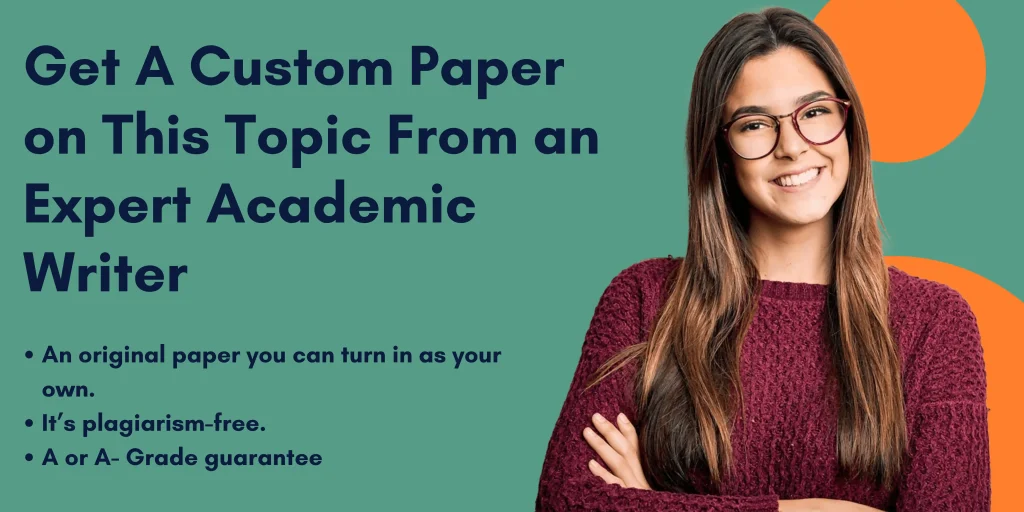Objective:
Do you know what circular reporting, critical consuming, critical ignoring, confirmation bias, filter bubbles, motivated reasoning, and unconscious bias are? They’re all ways we create or deal with information that does or does not align with our knowledge about the world. What about pink slime, deep fakes vs. cheap fakes, Liar’s Dividend, and Zombie claims? In this exercise, you will explore how to critically analyze images and facts to determine truth.
Skills:
Critical thinking
Evaluate the influence of context and assumptions on a problem or issue.
Formulate and support conclusions about a problem or issue.
Assess the implications and consequences of conclusions.
Background:
The United Nations sees media literacy for all as a human right (Fig. 1):
Source: Five Laws of Media & Information Literacy
Information accountability is at the heart of media literacy. The questions that journalists use to determine what’s “news” also can help information consumers determine the provenance or accuracy and authority of the texts and images they encounter in news and entertainment or social media:
Who is behind the information?
What evidence is used to support the information’s claims?
What do other sources say?
You might apply the CRAAP test, an acronym for Currency, Relevance, Authority, Accuracy, and Purpose, developed at California State University, Chico. Alternatively, you could try the SIFT & PICK test, which involves lateral reading to evaluate what other sources say about the information you are reviewing and examining the source itself. UNESCO recommends asking questions that will help you to determine:
Proximity: How close is the evidence to the phenomenon?
Expertise: What credentials indicate the quality of the producer of the evidence?
Rigor: How was the evidence collected?
Transparency: What do you know about the evidence?
Reliability: Is there a track record to evaluate? (Ireton & Posetti, 2018)
Activity:
After studying the assigned readings for Week 3, especially Modules 4 & 5 in the UNESCO handbook, build your media forensics skills by completing ONE of the following quizzes:
https://spotthetroll.org
https://www.bbc.co.uk/bitesize/articles/zwfm8hv
https://www.nytimes.com/interactive/2018/09/04/technology/facebook-influence-campaigns-quiz.html
https://www.theguardian.com/newswise/2021/feb/04/fake-or-real-headlines-quiz-newswise-2021
Format:
When you finish your quiz, ponder what your results say about your media forensics skills. Then, write a 1-2 page (250-500 words) paper that summarizes what you learned about media forensics, that is, the need for media literacy skills in a media-saturated world, as follows:
Introduction
Tell your readers which quiz you took, the kinds of media messages you assessed, the analytical strategies you used from the course readings to try and identify disinformation, misinformation, or mal-information, and how well you did.
Analysis
Connect what you learned about your media forensics skills to the need to be media literate by addressing the following question:
Reflect on the role of social media in the spread of fake news. How influential do you believe social media platforms are in shaping public opinion, and what impact does that have on society?
Requirements:
A thoughtful, thorough 1-2 page (about 250-500 words), double-spaced, essay in 12-point, Times Roman or similar serif font, with all the basic components for a beginning, middle, and end.
The first paragraph should include a thesis that introduces your main idea about the conclusions on the question posed to you in the assignment prompt. What is the point you intend to make in your answer?
The middle paragraphs should provide information, examples, and details to support your main idea or position. This is where you should show use because statements and detail what you know or think about the topic.
The final paragraph should sum up your main idea or position on the topic.
Support your comments with relevant information that you researched in the course’s learning resources.
Use APA-style in-text citations to cite the sources of the information that you used in assembling ideas for your argument.
Create a matching APA reference list at the end of the document.
